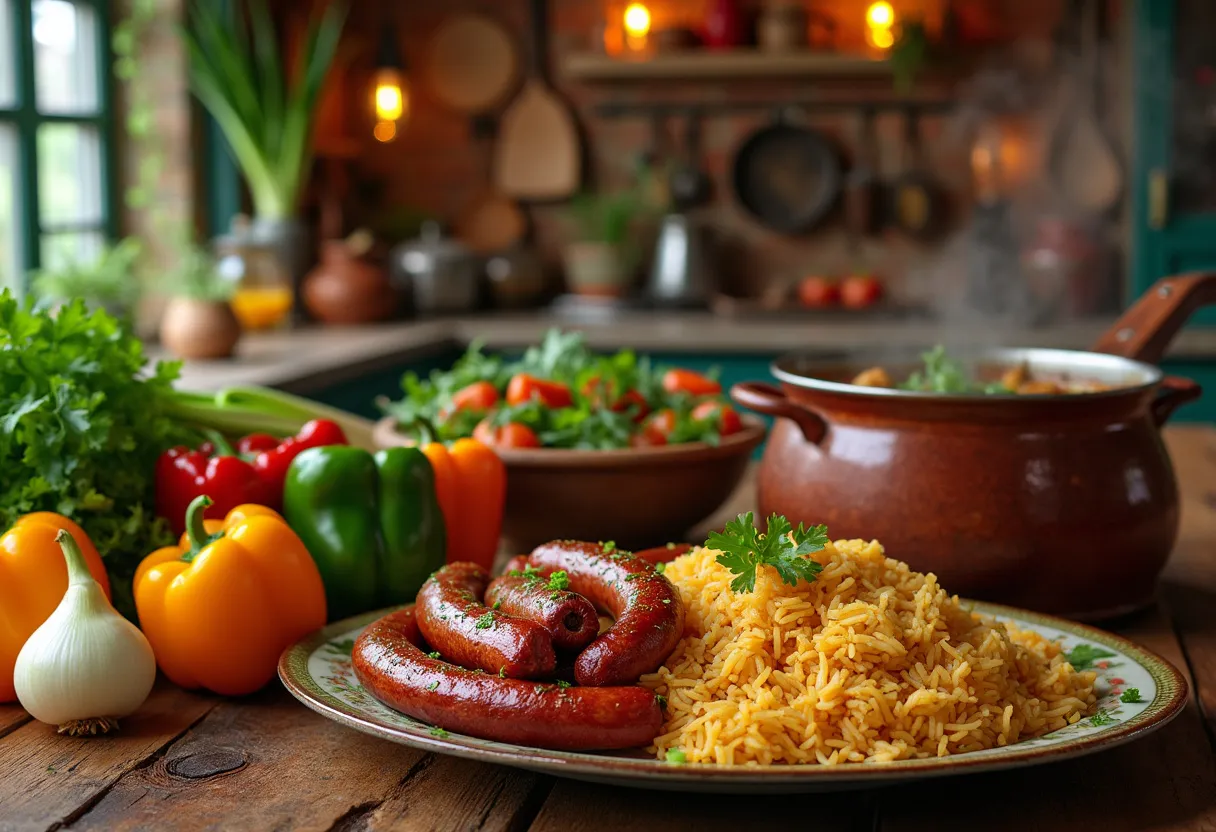
Saving Flavor: A Culinary - Historical Exploration into the Heart of Cajun and Creole Traditions
Published on 9/21/2024
Ethan Walker • 9/21/2024
Greetings, fellow food enthusiasts! I'm Ethan Walker, and today we're diving into the vibrant, flavorful world of Cajun and Creole cuisines—two culinary traditions that have shaped both my life and the culture of Louisiana. Raised amidst the bustling food streets of New Orleans, I find joy in preserving these rich traditions through teaching, writing, and sharing the stories behind these iconic dishes.
The Origins of Cajun and Creole Cuisines
The beauty of Cajun and Creole food lies in its diversity and history. Cajun cuisine, known for its rustic, spicy flavors, originated from the French-speaking Acadians who settled in Louisiana after being exiled from Canada. Creole cuisine, on the other hand, developed in New Orleans with influences from French, Spanish, African, and Caribbean cultures. Together, they create a fascinating culinary tapestry.
Cultivating the Key Ingredients
Both Cajun and Creole dishes rely heavily on a few key ingredients. The Holy Trinity of Cajun cooking—onion, bell pepper, and celery—forms the foundation of many recipes. Creole dishes often introduce tomato into the mix, lending a tangy complexity.
- Andouille sausage: This smoky, spicy sausage is a staple in both cuisines, especially in gumbo and jambalaya.
- Shellfish: From crawfish to shrimp, shellfish are integral in bringing fresh, oceanic notes.
- Rice: A staple ingredient, it serves as the perfect accompaniment or base for many dishes, notably jambalaya.
- Roux: Made from flour and fat, it's the thickening agent for soups and stews, bringing depth and richness.
Cooking Methods of the Bayou
While each dish has its unique cooking style and time, certain techniques are signature to Cajun and Creole kitchens.
- Sautéing: Essential for extracting the flavors of the Holy Trinity, gently coaxing sweetness and aroma.
- Slow cooking: Used to develop deep flavors in gumbo and étouffée, allowing ingredients to meld together.
- Grilling: Firing up meats and seafood over open flames, often marinated in bold spices.
Preserving Culinary Heritage
As a culinary historian, I feel a profound responsibility to keep these traditions alive. From organizing local cooking classes to chronicling tales of legendary chef Leah Chase, I aim to inspire the next generation to treasure the art of Cajun and Creole cooking.
Join me in this flavorful journey; embracing not just recipes, but the culture, history, and love infused in every bite. Let's ensure these flavors—so rich with ancestry and passion—remain a vibrant part of our culinary landscape.
Ethan Walker
Senior Chef and Cultural Food Historian | I've been cooking
Ethan was born and raised in the culturally rich city of New Orleans, where food is woven into the fabric of life. His family has passed down Cajun and Creole recipes for generations, and Ethan became passionate about preserving these culinary traditions. After working in various restaurants, he eventually opened his own eatery, which became known for its authentic gumbo, jambalaya, and beignets. Now semi-retired, Ethan teaches cooking classes and writes about the history of Southern cuisine. His mission is to ensure that traditional Cajun and Creole cooking remains vibrant for future generations.